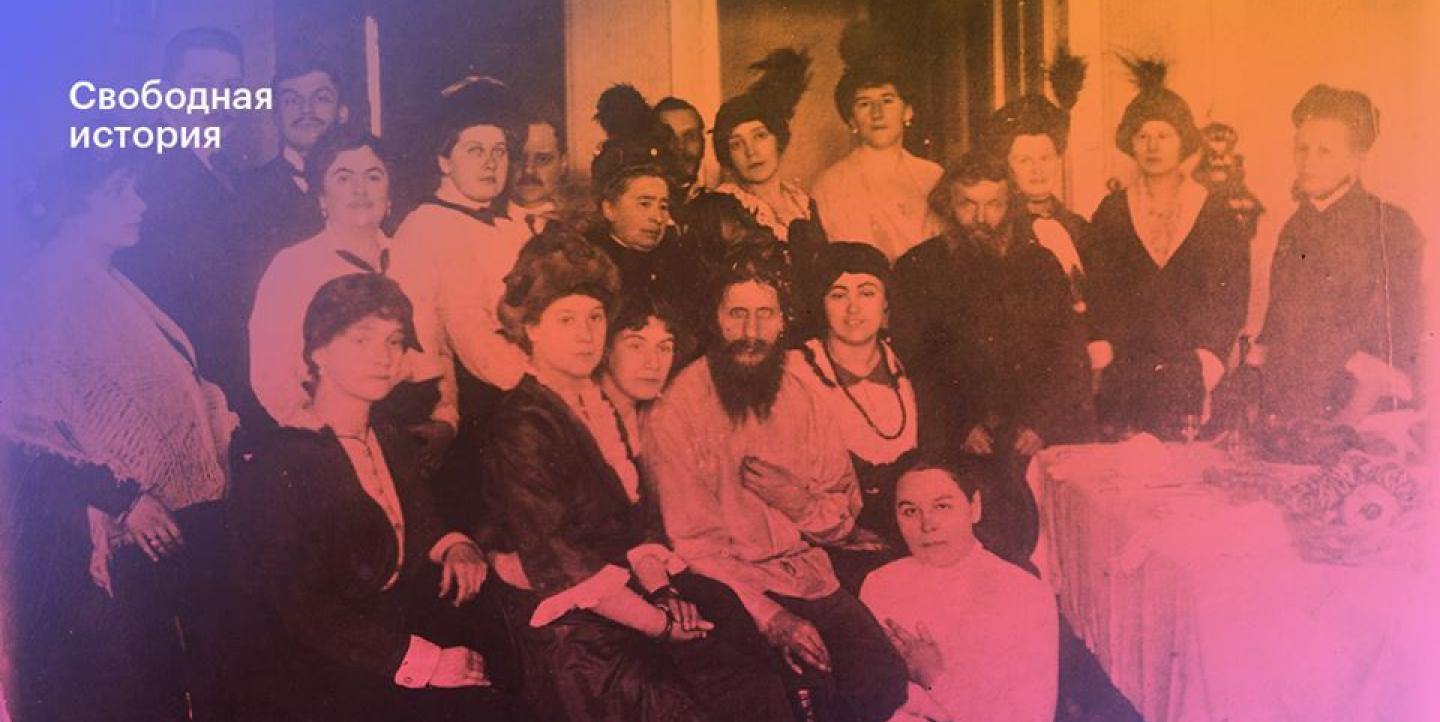Last month, a new project launched across the Russian-speaking internet to present the story behind the Russian Revolution through a decidedly modern lens.
Built by a group of Russian journalists, historians and more, “1917: Free history” aims to bring back the real memories of the people who lived through that time, leaving the interpretation up to the readers. The web documentary emulates a social media page, with posts and comments by historical characters and articles printed 100 years ago.
Some posts have hashtags related to prominent storylines ‒ like “Fire the Prime Minister” or “Everyone against Rasputin” ‒ to help readers navigate the complex reality of 1917. The readers can also play games on the site, like "ask a question to Rasputin," or practice criticizing Russian avant-garde using real quotes from the critiques. Along with the website, which is the project’s centerpiece, it also has pages on Facebook, Instagram, YouTube, Telegram and VK, Russia’s most popular social network (especially among students).
The project’s original idea belongs to Mikhail Zygar, a well-known Russian journalist and author of “All the Kremlin’s Men.” In an interview with Meduza, he confessed that the revolution of 1917 has always been his favorite time in history. After growing disenchanted with covering current news, he decided to dive into this period, show it to the public in a more accessible way and draw in people who never read history books before.
To recreate the “newsfeed” of 100 years ago, the project employed close to 100 specialists — mostly journalists, but also several professional historians, as well as photo and video editors, animators and designers. Yandex, Russia’s internet giant, and VK handled the project’s technical aspects.
Supplying reliable content and choosing sources were the hardest parts. The method can be likened to snowball sampling in social sciences: it began with the original small team writing down 100 “superstars” ‒ the historical figures who had to be featured. Then the list grew to 300, as it had to encompass not only the parliament, the royal court and the revolutionary circles, but also the military, the art scene and a few dozen foreigners.
The characters were then divided among the bigger team of researchers. The writers collected letters, diaries, memoirs, works of art or other documents left by each character. It quickly became evident that the project would need to accommodate not just the leading characters, but also all of the people associated with them. Another discovery was that many historical personalities did not leave their own diaries or memoirs, but feature extensively in the writings of the people who were close to them.
Most of this research was done in libraries and archives ‒ as a result, the project now features many writings that have never been published before, or never translated into Russian. The characters’ writings had to be adapted to the social media format ‒ researchers were allowed to cut out some parts of the documents they were publishing, or divide one long letter or diary entry into several posts, but could not alter them in any other way.
The final product of a researcher's work was a text document that showed the “personal information” of each character structured, like a social media profile, into categories like name, date of birth, hometown, education, work, current place of living, marital status and friends. Then followed the “posts” ‒ quotes from the documentary sources, complete with the date (sometimes also the time), location and source. In cases when it was not possible to date an entry precisely, it would be allocated to the middle of the period when it was written (e.g. Nov. 15th, 1917 if “November 1917” is the most precise date one can get).
Tsar Nicholas II's "status update" for Nov. 29, 1916: "It was a lovely sunny day. I ate some potatoes."
The project didn’t use any specific management tool to coordinate the research ‒ only Slack for communicating and a Google spreadsheet for keeping track of progress. Each team member could see which characters he or she had been allocated and mark those that were finished. The editorial team worked ‒ like in a newsroom ‒ on planning each article’s publication and identifying missing parts (for example, certain important events the characters should have reacted to).
By the date of the public launch, about 1,500 people were listed on the site’s “characters” page. To ease navigation, many characters were moved into a newly created category ‒ “invisible.” This way, readers would not be confused by hundreds of unfamiliar names or empty profiles.
“Project 1917” was promoted through social media. VK collaborated with the team and created a number of profiles of the project’s characters on its pages for more interactiveness. This way, the social media users could add them to their newsfeeds, and send them messages. To date, Nicholas II has received quite a few warnings of his imminent death ‒ and one middle school teacher has written the project a message, expressing her gratitude for getting her students to read turn-of-the-century poetry they ignored in textbooks.
Currently, the “Project 1917” editorial team plans to continue their educational work throughout this year by collaborating with exhibition spaces and theatres (Kirill Serebrennikov, Moscow’s most controversial director, is already working on a play based on the project’s material).
Disclosure: Daria Sukharchuk contributed to the "1917: Free history" project.
Main image courtesy of Project 1917.

